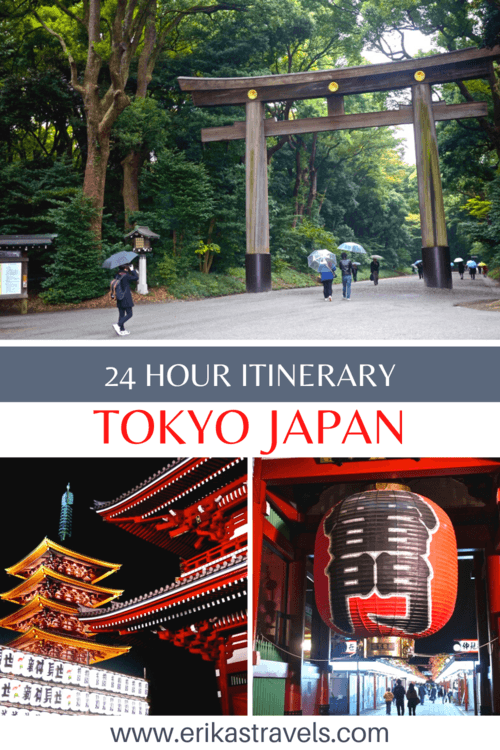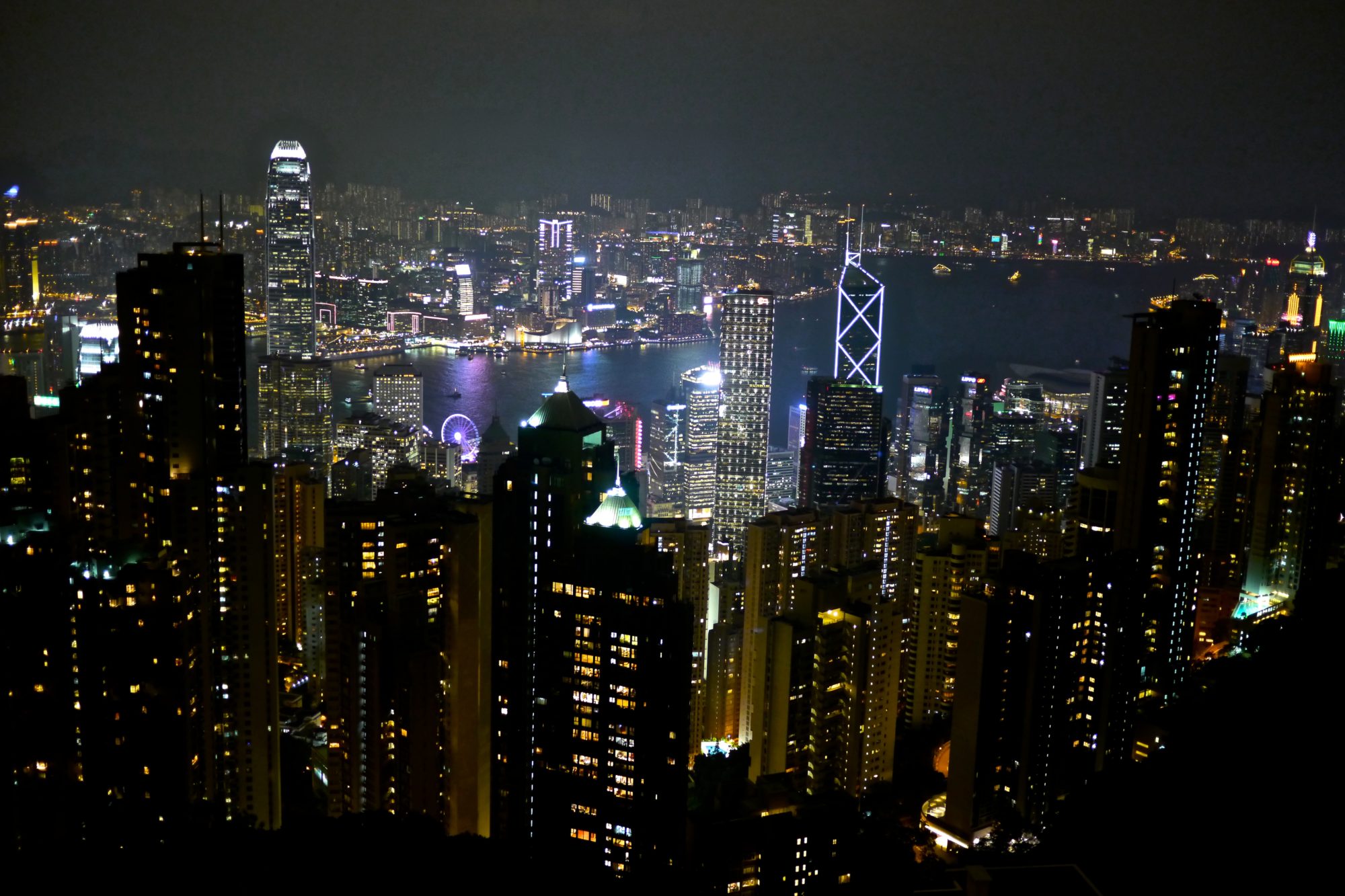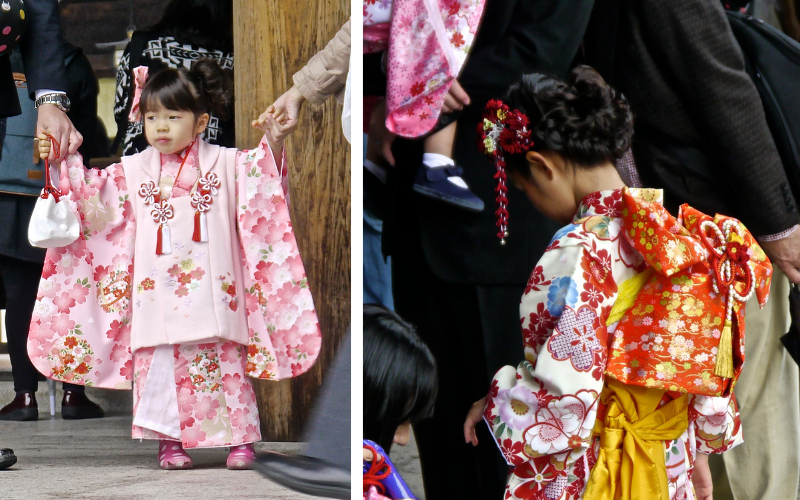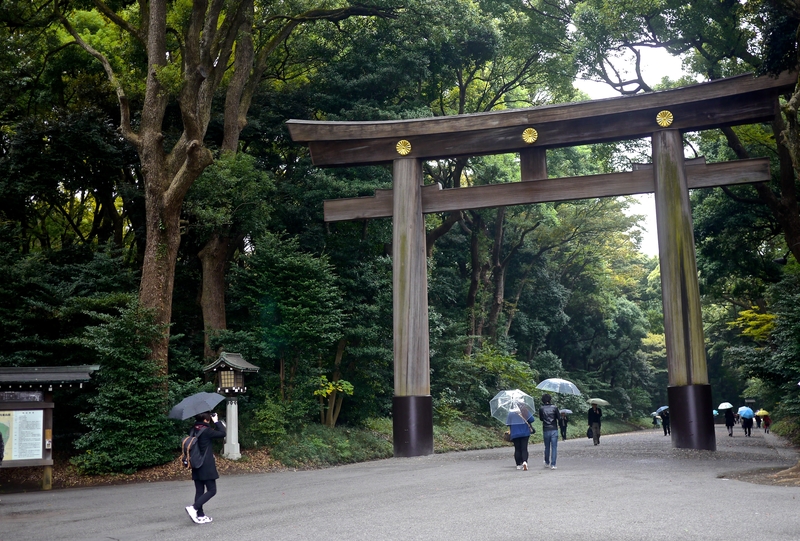
How to Spend 24 Hours in Tokyo
With a population of nearly 40 million and over 6,000 residents packed into each square kilometer, Tokyo—the world’s largest city—is teeming with people. Crowds are everywhere in Tokyo—crossing the streets in hoards, packing udon houses to the brim and swarming in and out of metro stations at all hours of the day and night.
And yet, though the city is nearly bursting at the seams, the metros are punctual, the streets are spotless and the city runs like a well-oiled machine. Even Tokyo’s residents seem to move about the city in a synchronized fashion that ensures nobody is trampled, trounced or lost in the crowd.
Tokyo is organized chaos at its finest.
I’d wanted to visit Tokyo since 2007, when I took part in a high school exchange program on the island of Ishigaki, in Japan’s Yaeyama Islands. While there, I attended a local school, stayed with a host family and had the opportunity to spend a few days devouring Japan’s cultural relics in Kyoto.
But Ishigaki was worlds away from the image of Japan that I’d had in my mind. The sleepy island in the South China Sea is more famous for its white-sand beaches and turquoise water than for its temples, shrines and neon lights.
I was curious about Japan’s sprawling population center. And so, en-route to the Micronesian islands of Palau, I gave myself 24 hours to explore Tokyo on a layover.
24 HOUR TOKYO LAYOVER
Given that I merely had one day in Tokyo, I hit the ground running and packed my short stay with many of the city’s must-see highlights. Tokyo is massive and teeming with sites. It isn’t the type of place that can be adequately explored on a 24 hour layover.
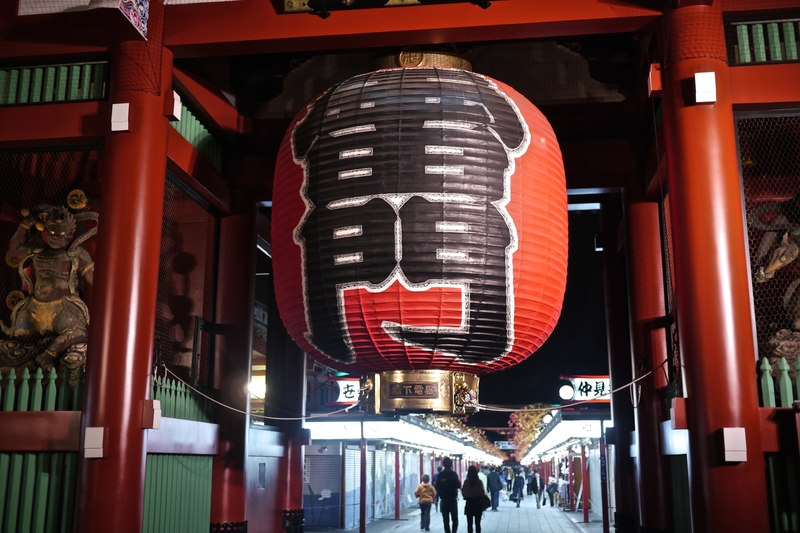
That being said, I delegated my limited time in a way that would allow me to maximize my short visit. Over the course of 24 hours, I dove headfirst into the city’s neighborhoods, its historical sites, and its tantalizing food scene.
ASAKUSA NEIGHBORHOOD IN THE EVENING
Asakusa is a quiet and historical area of the city. It is famous for housing the beautiful Senso-Ji—Tokyo’s premier Buddhist temple and one of the city’s major tourist draws. Dominating the entrance to the temple grounds is the Kaminarimon Gate, which leads to Nakamise Street. The 200 meter-long shopping promenade is lined with souvenir shops and stores selling traditional Japanese crafts. The pedestrian street connects the Kaminarimon Gate to the temple’s main hall and five-story Pagoda.
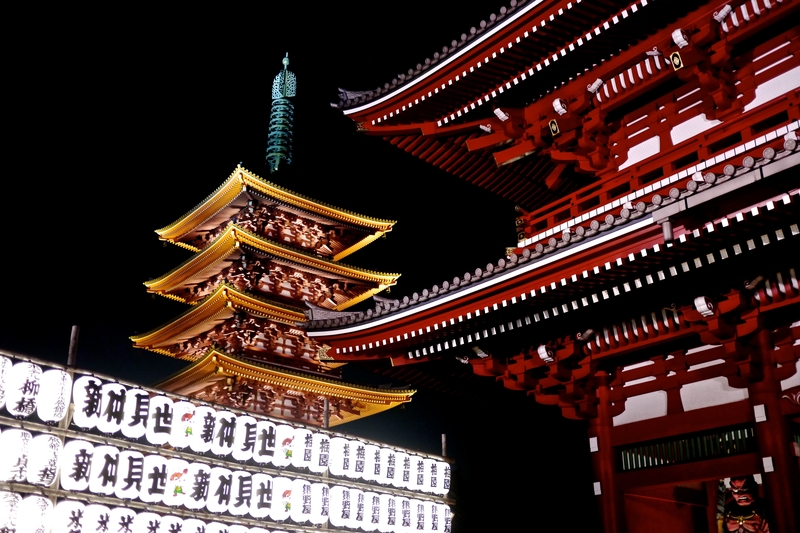
Lit up at night, the red and white Senso-Ji Temple is simply magical.
THE SHIBUYA CROSSING
At around 6pm, I left Senso-Ji and headed toward the Shibuya Crossing by metro. Known as “the scramble” the Shibuya Crossing is allegedly the world’s busiest junction and Japan’s version of New York’s Times Square.
But Shibuya is much more than just a traffic intersection. It is also where one can witness the intersection of Tokyo’s many subcultures–businessmen in pressed suits, teenage girls rocking the latest trends and camera-toting tourists.
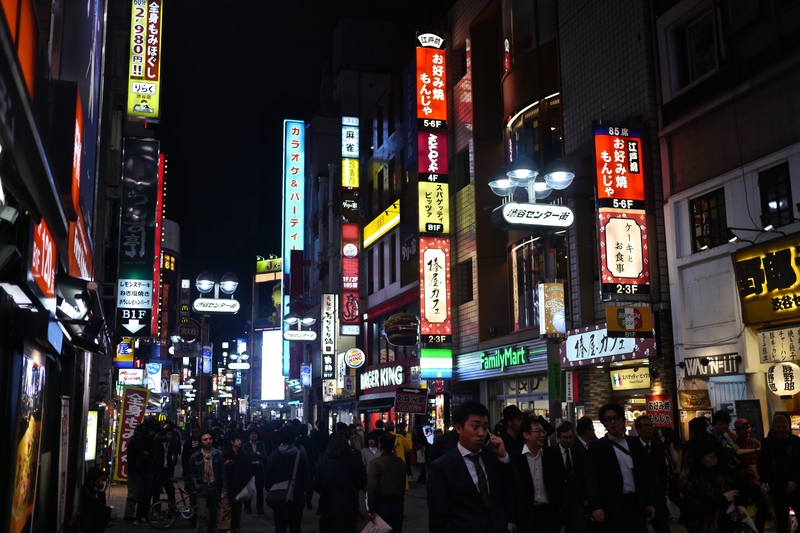
I walked across the famous interchange and was swept up by the rush of people. Then, I stood on the street corner and watched, mesmerized, the spectacle of people crossing the street in unison. In orderly fashion, hundreds of people walked in the same direction, at the same pace, at the same time. I watched the crowd stop and go and then stop again. There was no pushing, shoving or walking against the stream of people. The crowd moved in a synchronized fashion and only once the traffic light turned red.
From Shibuya’s main intersection, I walked away from the rush of people and wandered down the streets of the area’s shopping district. I followed throngs of people up and down the surrounding streets, admiring the area’s quirky shops until jet-lag got the best of me.
Then, I headed back to the hostel and went to bed, anxious to discover some of Tokyo’s other highlights before my 4pm flight the following day.
MEIJI JINGU SHRINE
Heeding the advice of the hostel staff, Melissa and I spent the next morning exploring the Meiji Jingu Shrine and adjacent Harajuku fashion district.
The Meiji Jingu Shrine is a Shinto house of worship located in the middle of a verdant urban forest that contains over 300 species of trees from around Japan. Dedicated to the late 19th-century emperor, Meiji, the shrine is a serene and tranquil place to visit.

At the entrance to the park are large wooden torii gates made of 1,000 year old Japanese cypress. A series of paths lead to the main shrine and wind their way through the 170 acre forest. A visit to the Meiji Jingu Shrine is a perfect escape from the fast-paced chaos that characterizes the rest of Tokyo.
Today, the Meiji Jingu Shrine is a favorite location for wedding ceremonies. When we visited, the park was packed with tourists, worshippers and wedding attendees dressed in traditional kimonos.
Melissa and I spent time exploring the forested paths, visiting the various shrines and watching the procession of kimono-clad wedding guests. I felt as though I had stepped back in time–to a Japan before the neon lights and trendy fashions.
I felt worlds away from Tokyo.
HARAJUKU FASHION DISTRICT
After relaxing in the serenity of the Meiji Jingu grounds, Melissa and I headed to the trendy Takeshita Street in the Harajuku district. Takeshita Street is a narrow street lined with boutiques, restaurants and shops selling peculiar gadgets and apparel.
In Harajuku, boldly dressed teens assert their individuality in unconventional ways and try their hand at the latest fashion trends, from Lolitas to kogal and from punk to Hello Kitty. Mannequins in the window don chain-link dresses, tutus, robot costumes, feather boas and rainbow wigs.
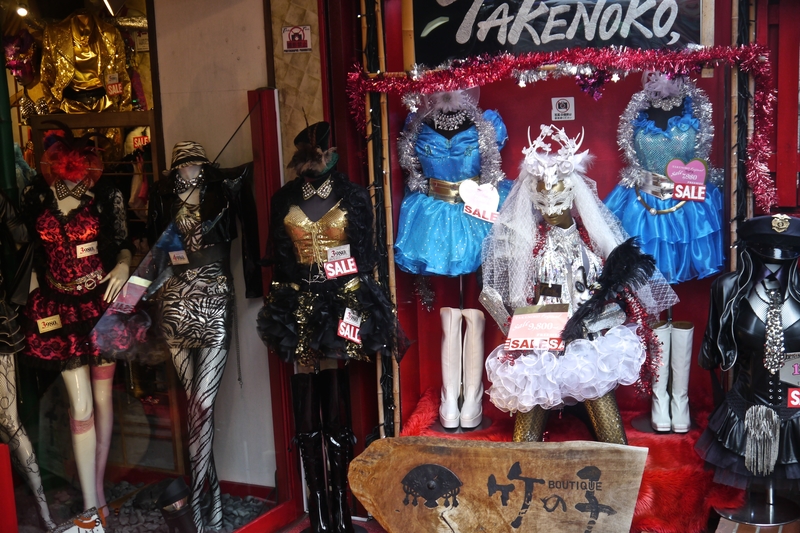
In a country where conformity is key, the Harajuku district seems to break all conventions.
****
Traveling in Japan is both chaotic and serene. My brief 24 hour visit to Tokyo gave me a small taste of the contrasting dynamics at play in Japan’s capital. It allowed me to witness the peaceful urban sanctuaries, the historical shrines, the neon lights, the outlandish fashions and the duality between conformity and individual expression.
But as with any whirlwind visit, I left Tokyo wishing I had given the city a few more days of exploration.
I told myself that the next time I plan a Japan itinerary, I’ll slow down and savor the quirks of Tokyo’s many personalities. Before going to Japan, I’ll reach out to some of my friends from Ishigaki who now live in Tokyo and try to see the city from their eyes. I’ll be sure to go to one of the city’s signature cat cafes or robot-themed restaurants, just for fun.
And I’ll focus on exploring Tokyo’s lesser-known attractions, too—allowing myself to once again get lost in the synchronized chaos of the world’s largest city.
___________________________________
Did You Enjoy this 24 Hour Tokyo Itinerary? Pin It!
